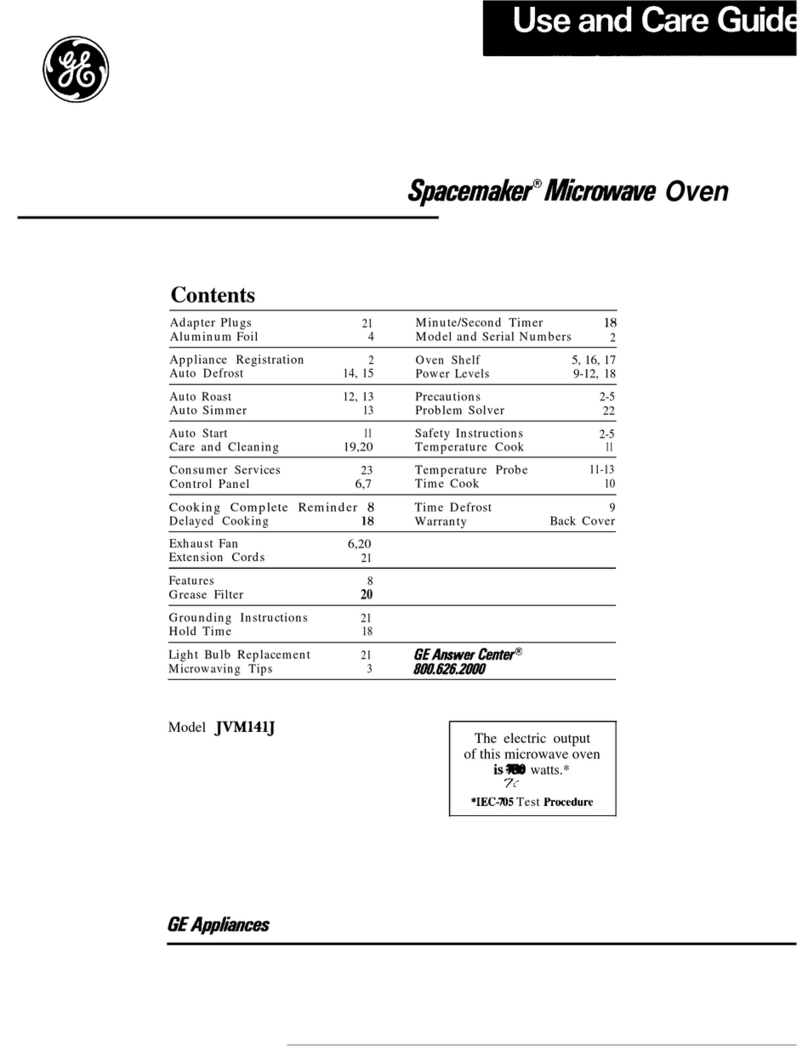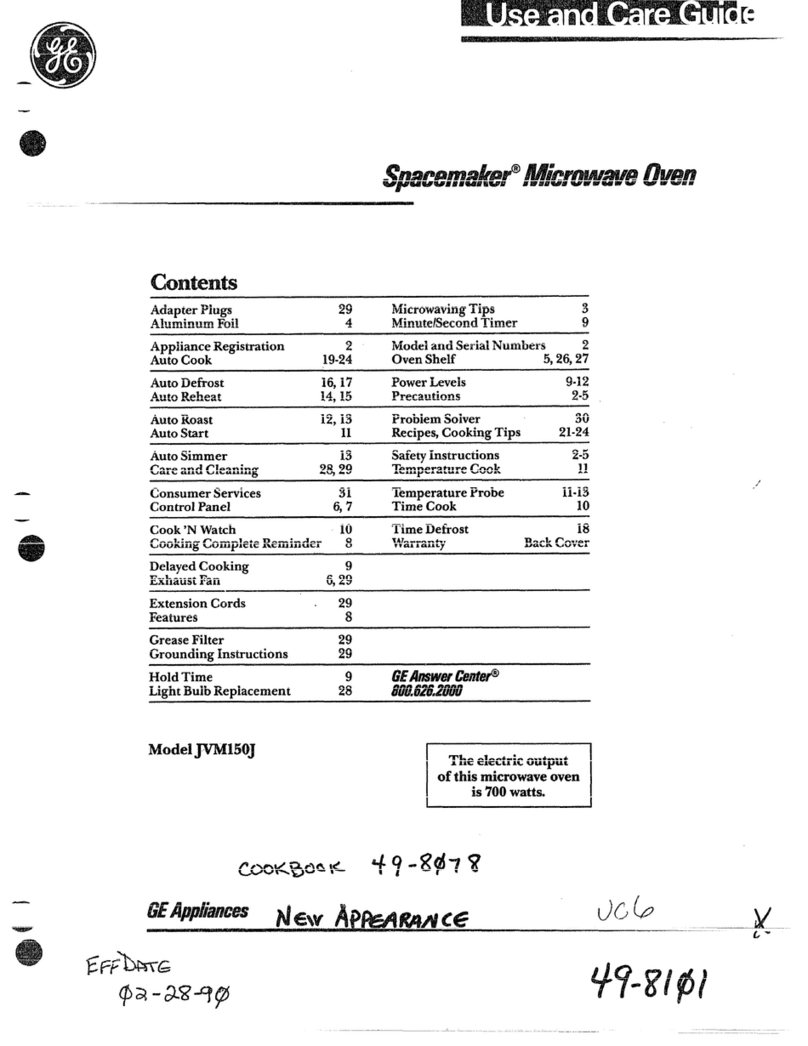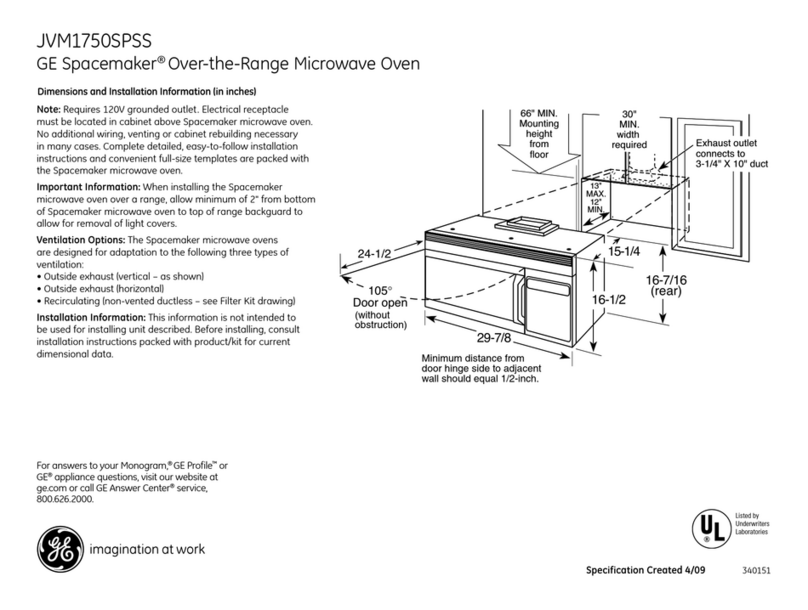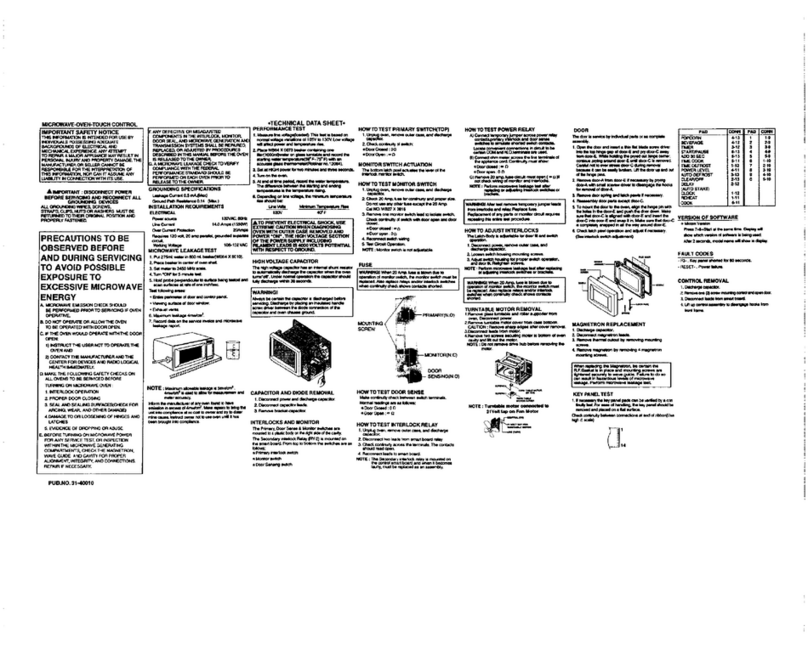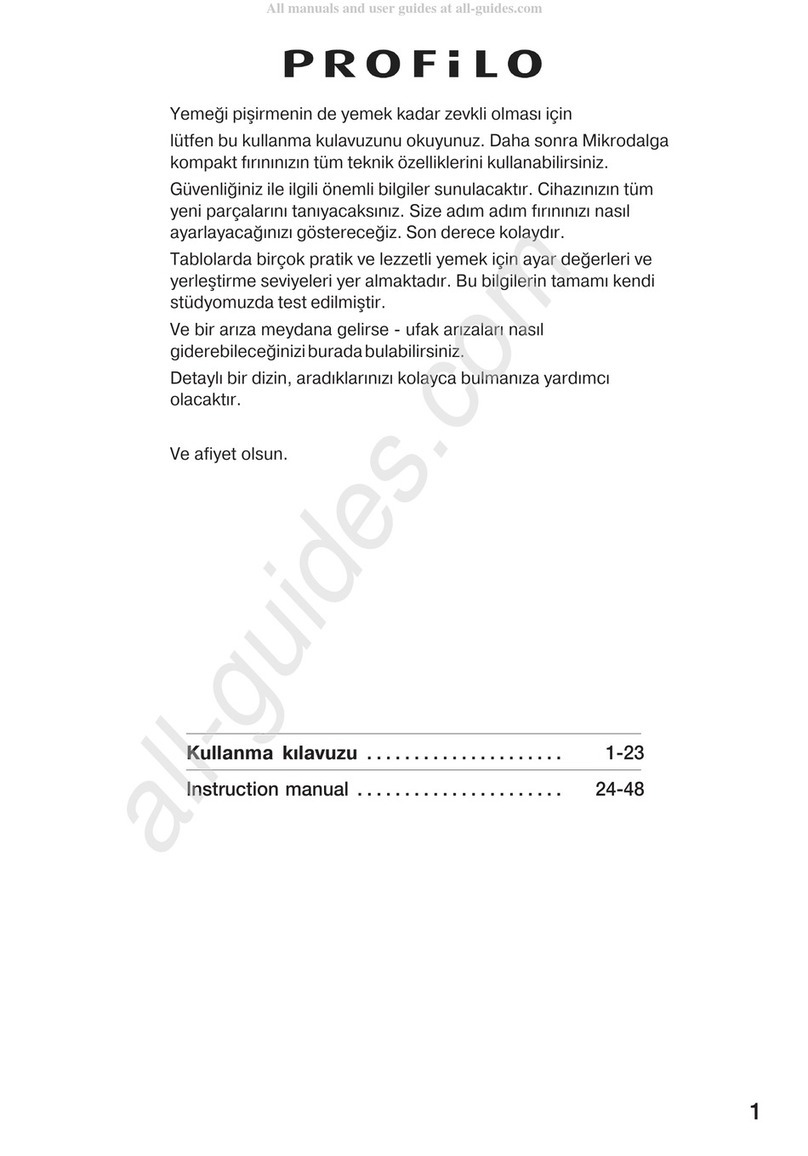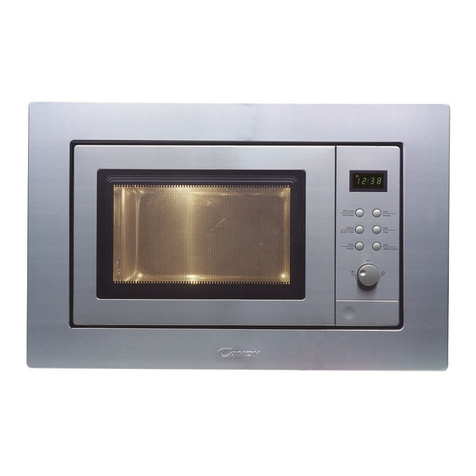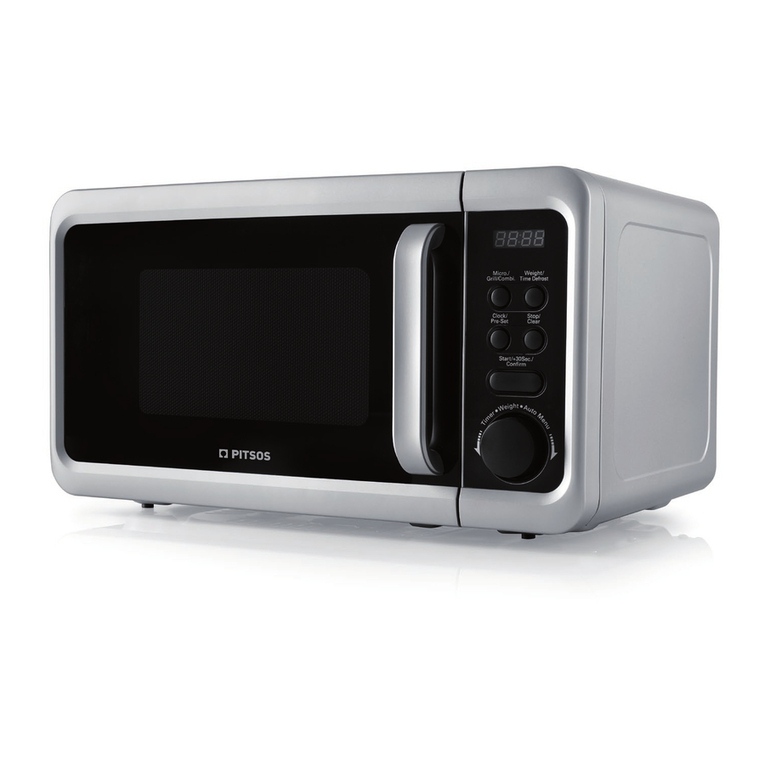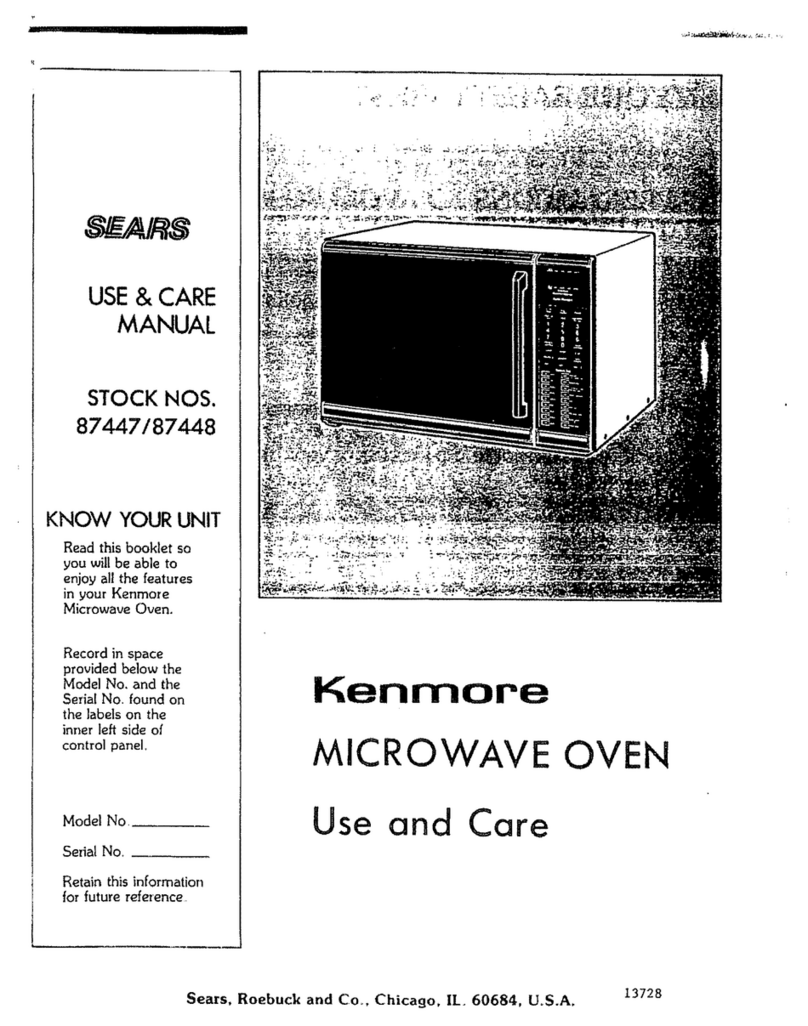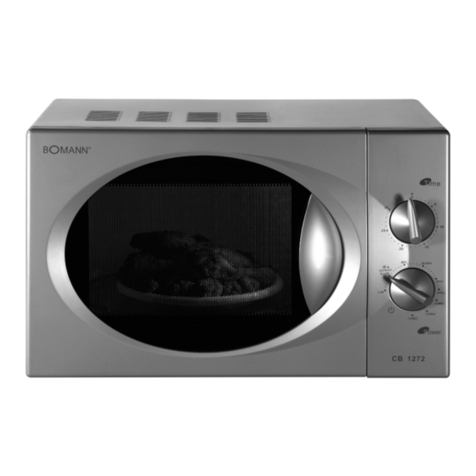GE JES1224T Use and care manual
Other GE Microwave Oven manuals
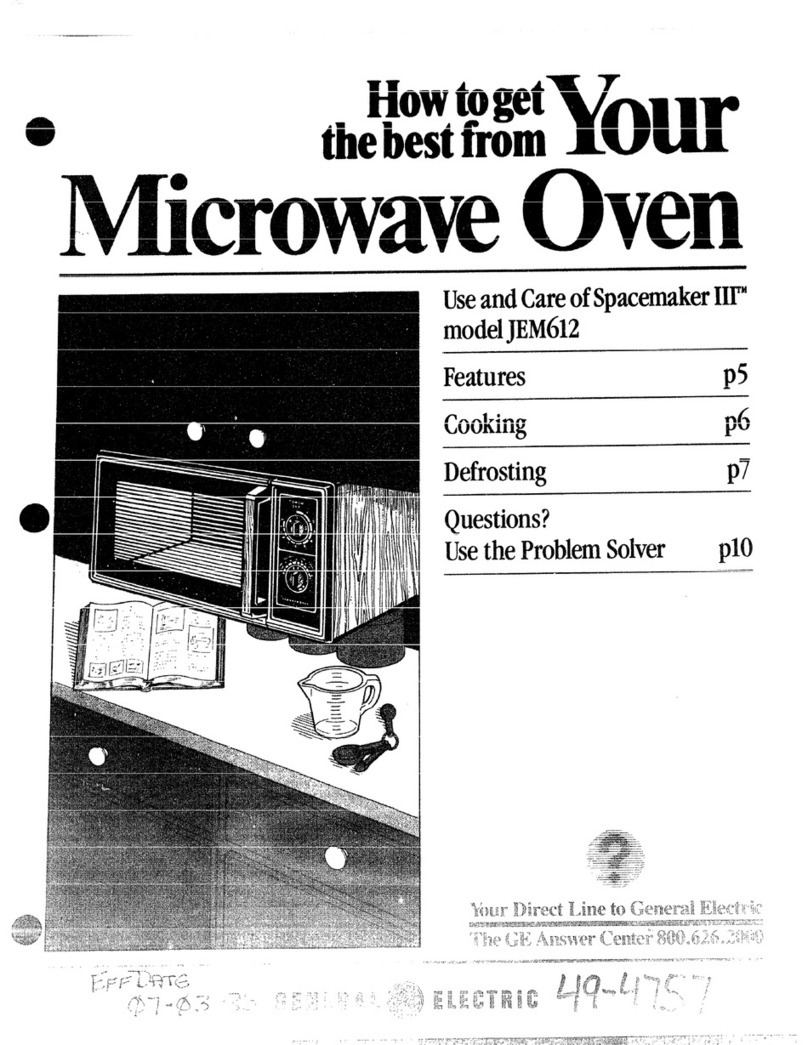
GE
GE JEM612 Installation instructions

GE
GE JES61T Use and care manual
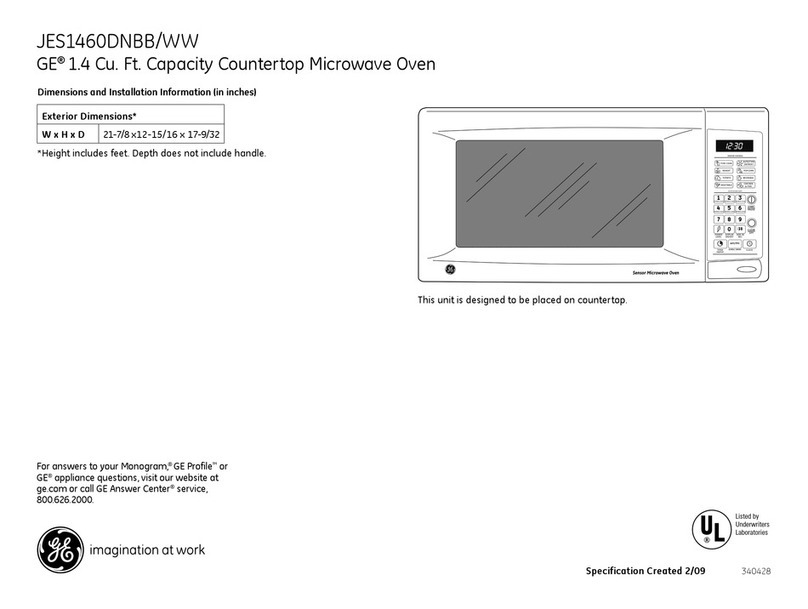
GE
GE JES1460DN Manual

GE
GE JET105 Installation instructions
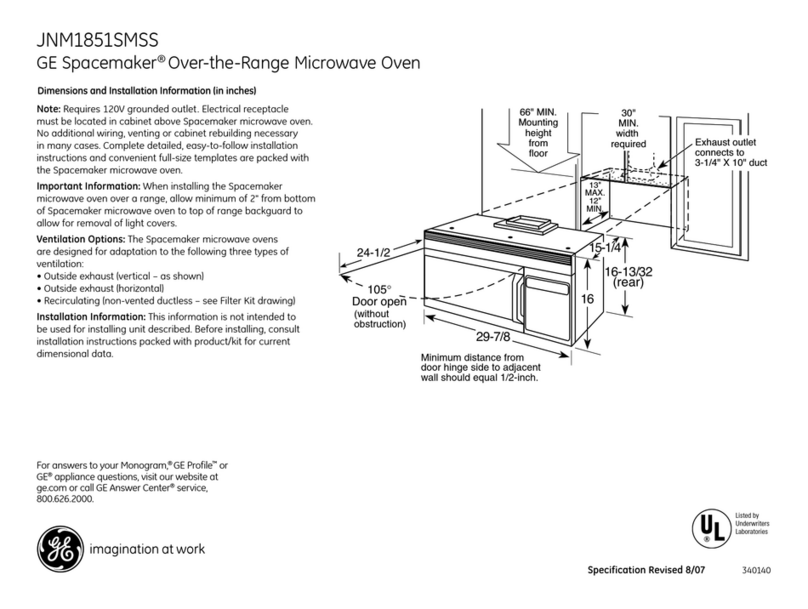
GE
GE Spacemaker JNM1851SMSS User manual

GE
GE JE1237T Use and care manual
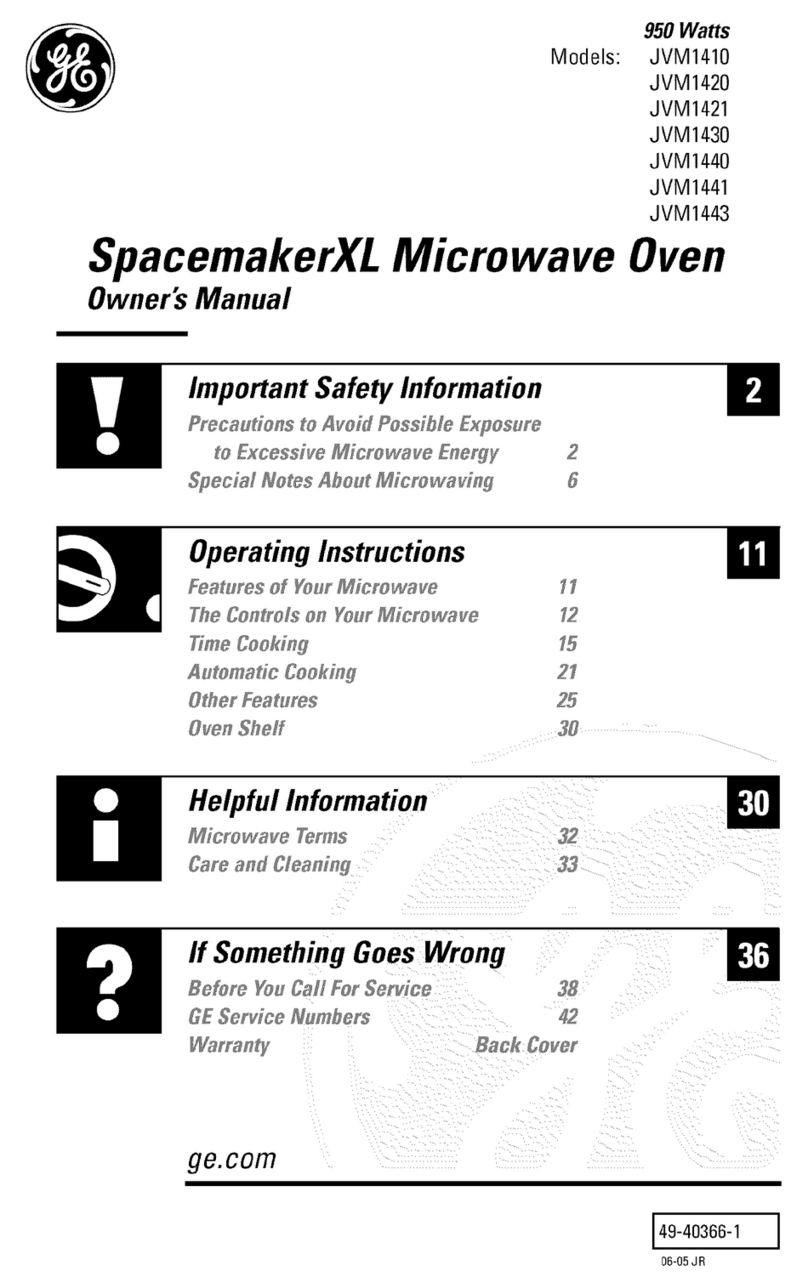
GE
GE SpacemakerXL JVM1420 User manual
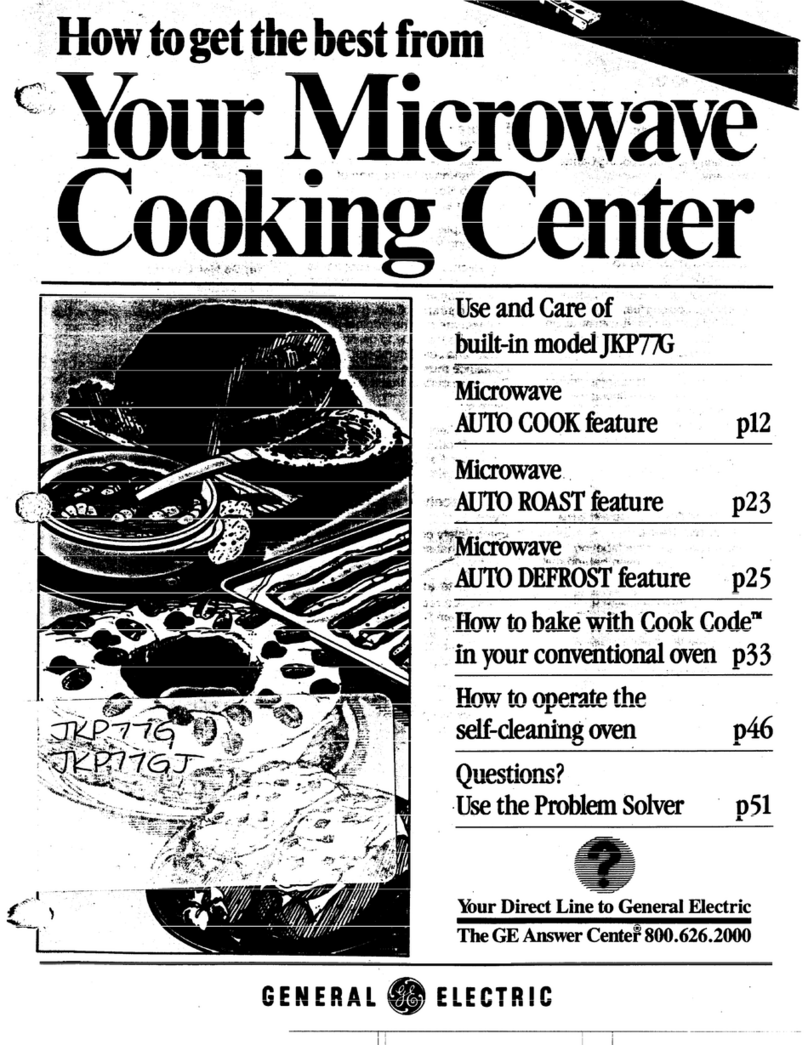
GE
GE JKP77G Installation instructions
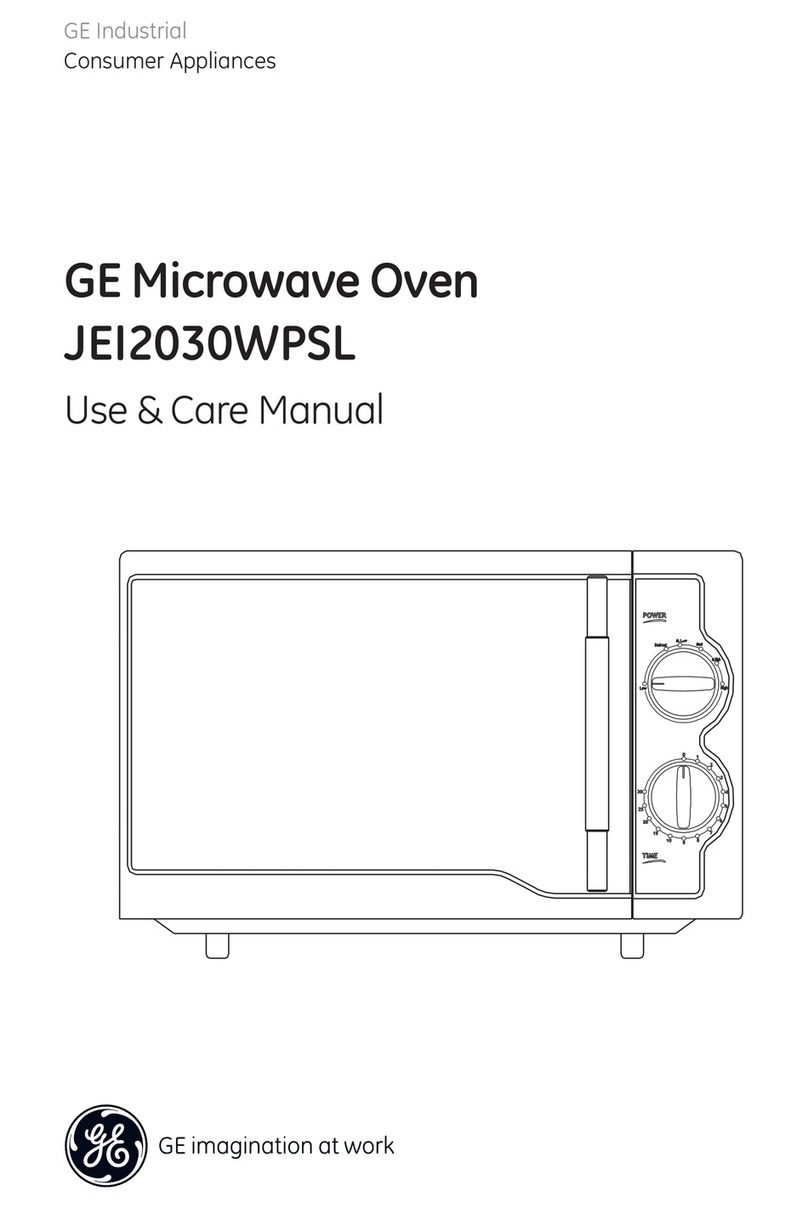
GE
GE JEI2030WPSL User manual
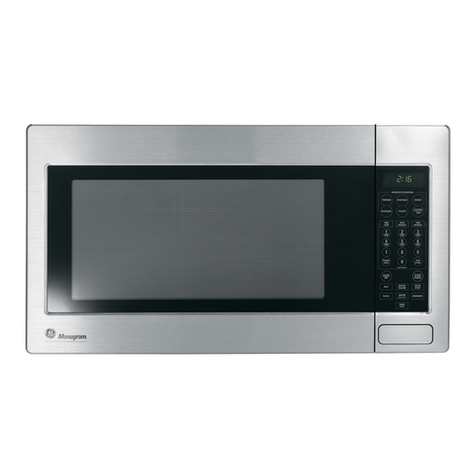
GE
GE Monogram ZE2160SF User manual
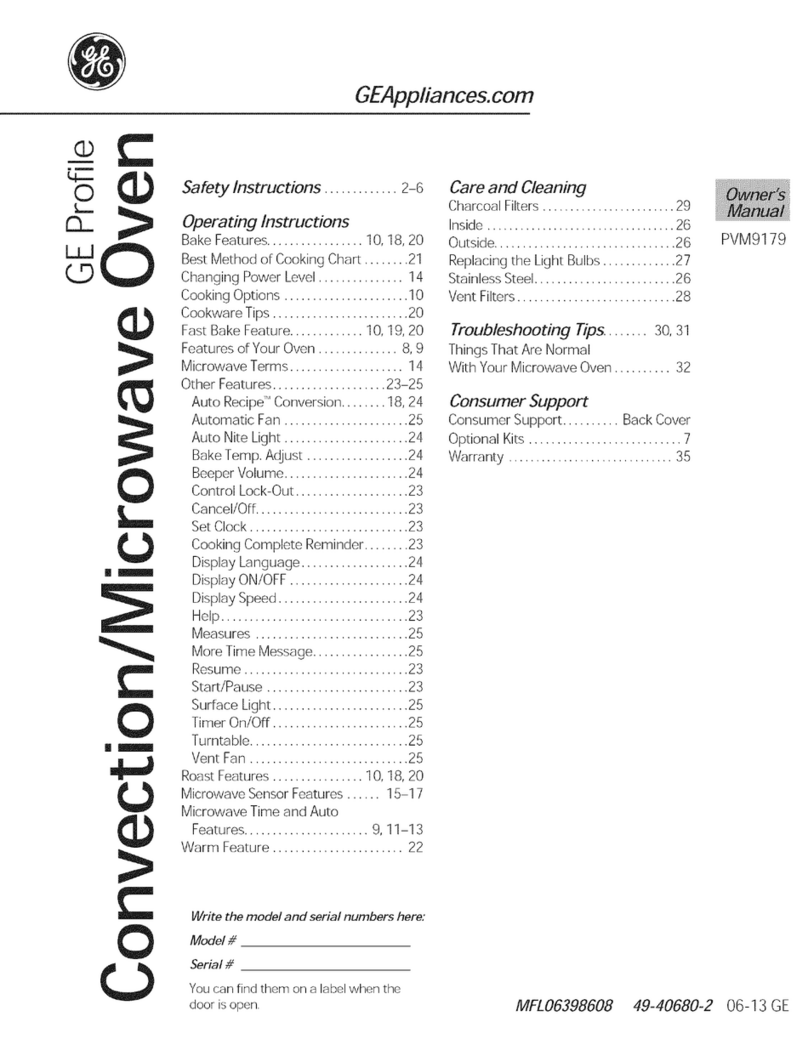
GE
GE PVM9179DF1BB User manual
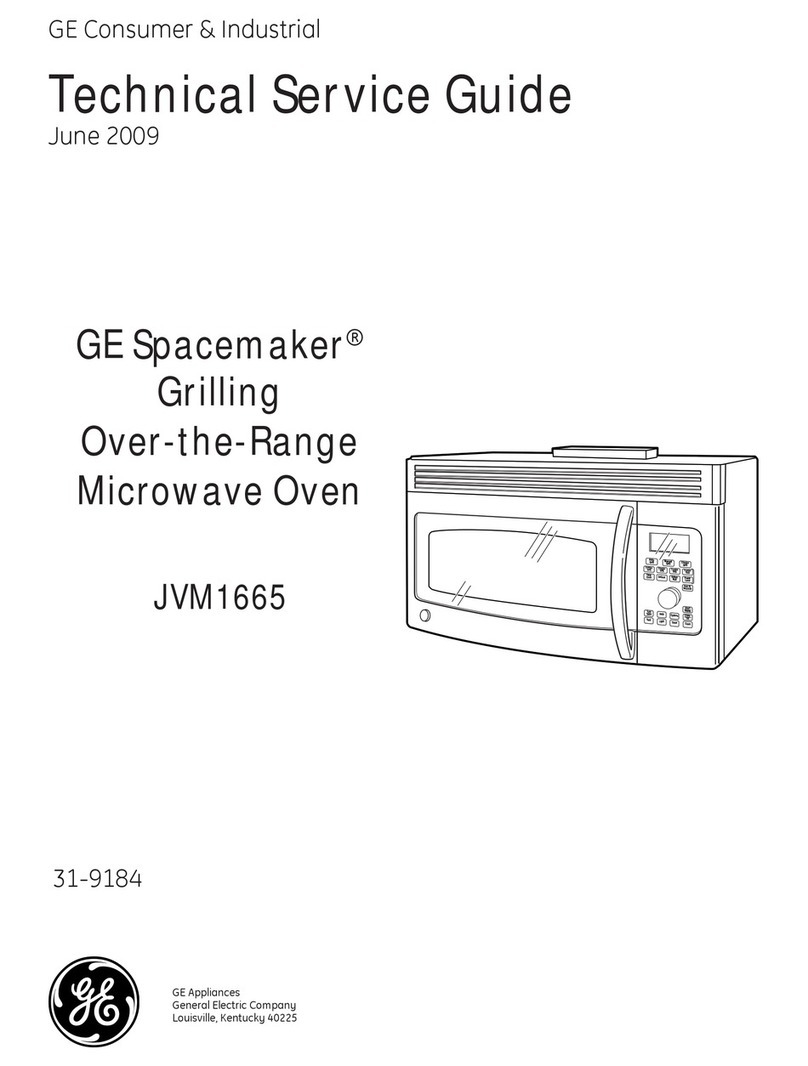
GE
GE JVM1665 User manual

GE
GE JES1142WPC User manual

GE
GE JE1240L Use and care manual
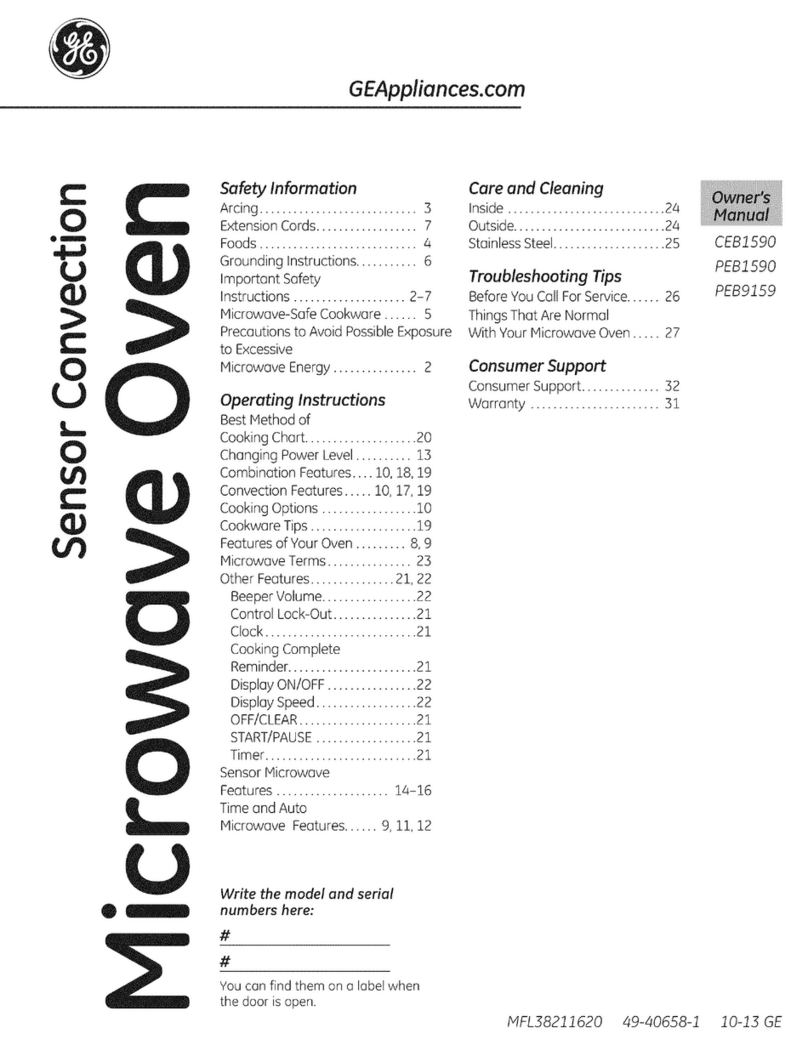
GE
GE Appliances CEB1590 User manual
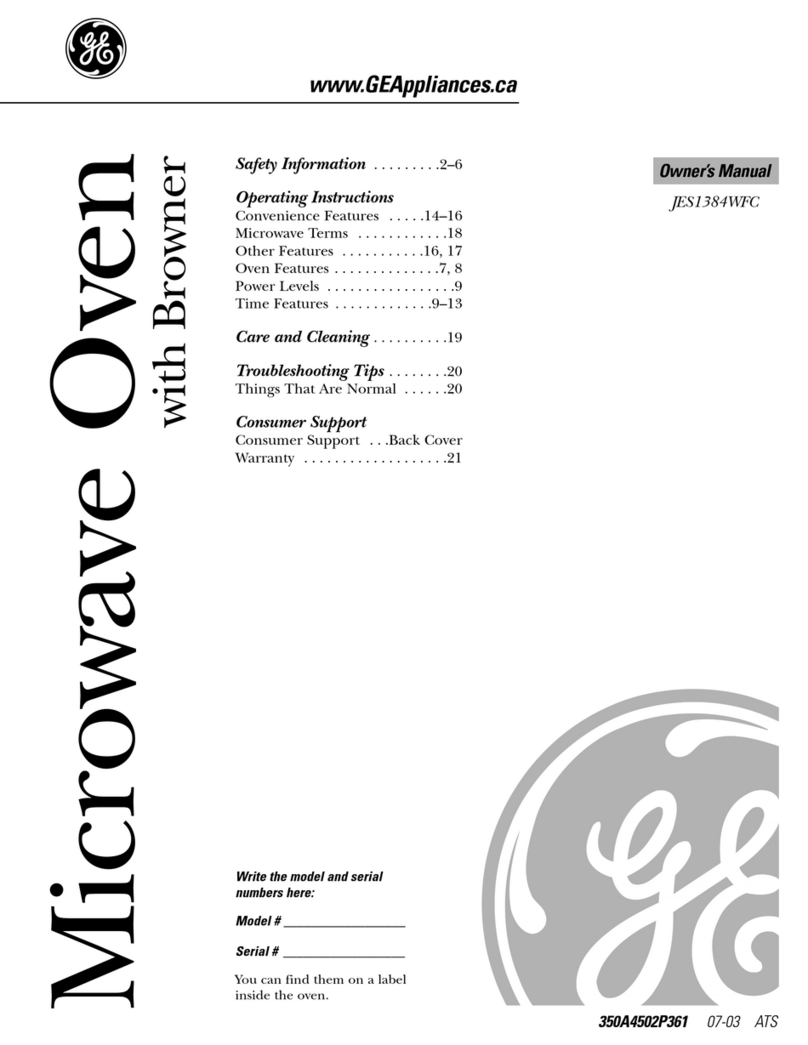
GE
GE JES1384WFC User manual

GE
GE JE692T Use and care manual
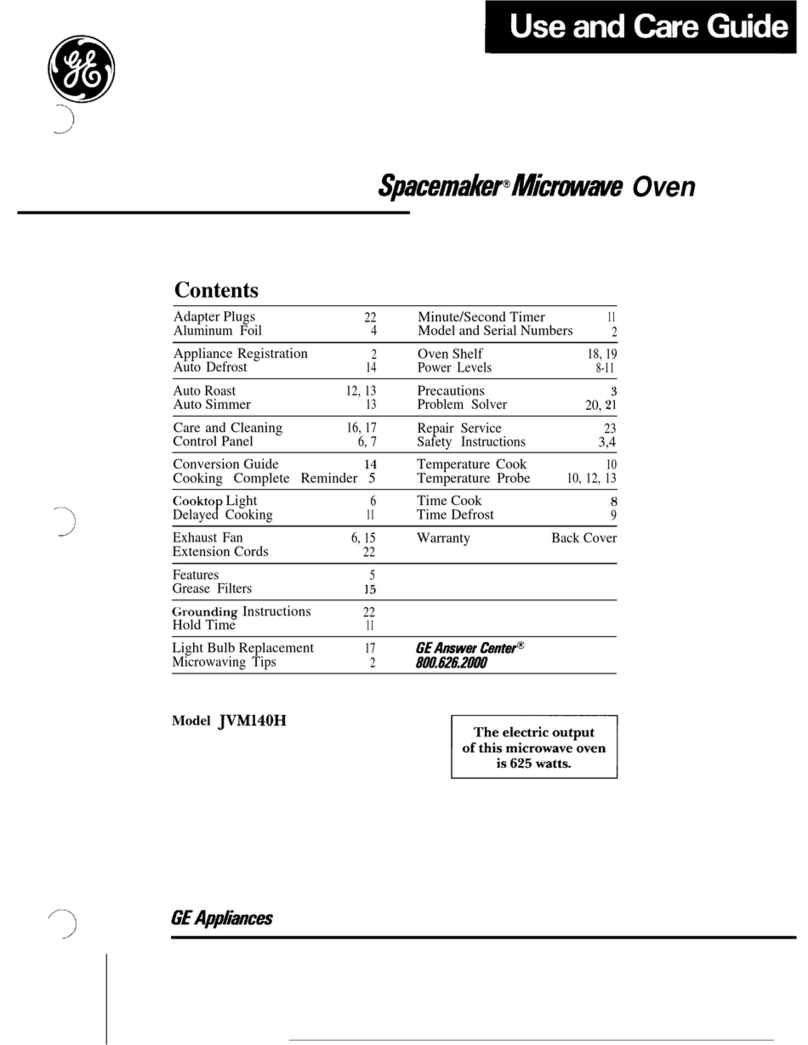
GE
GE Spacemaker JVM140H User manual
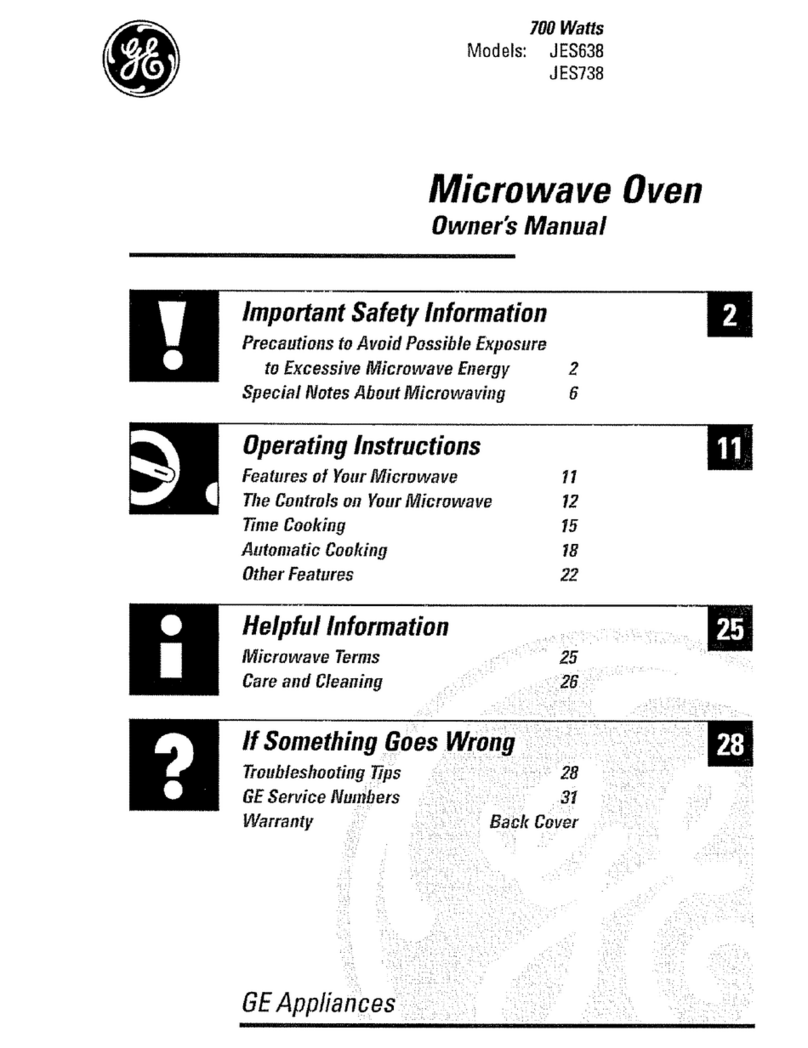
GE
GE JES638 User manual

GE
GE Spacemaker II JEM27LWH Use and care manual
Popular Microwave Oven manuals by other brands

Conrad Electronic
Conrad Electronic 2372935 operating instructions
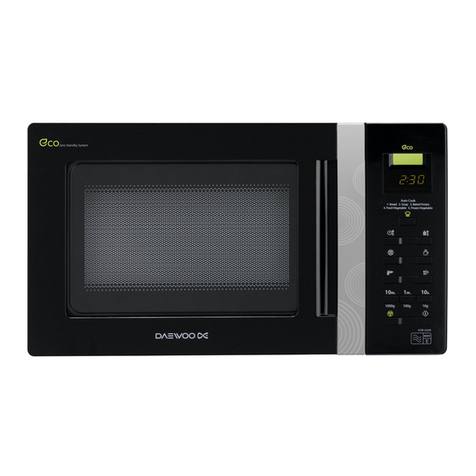
DAEWOO ELECTRONICS
DAEWOO ELECTRONICS KOR-6L8K5S83 Operating instructions & cook book
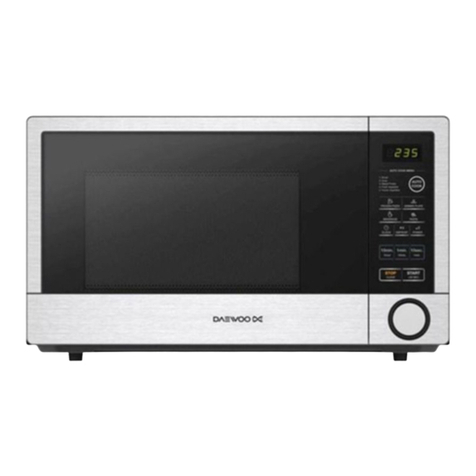
DAEWOO ELECTRONICS
DAEWOO ELECTRONICS KOR-1N5A9S Operating instructions & cook book
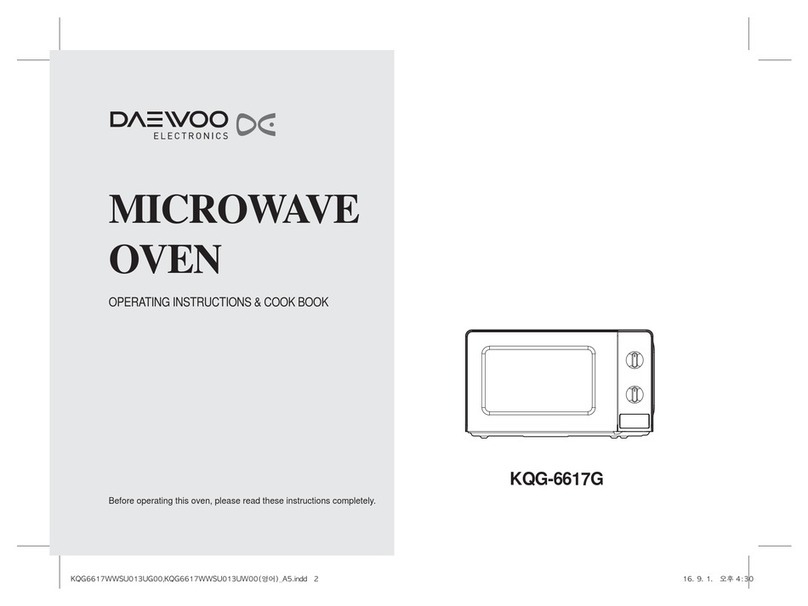
Daewoo
Daewoo KQG-6617G Operating instructions & cook book
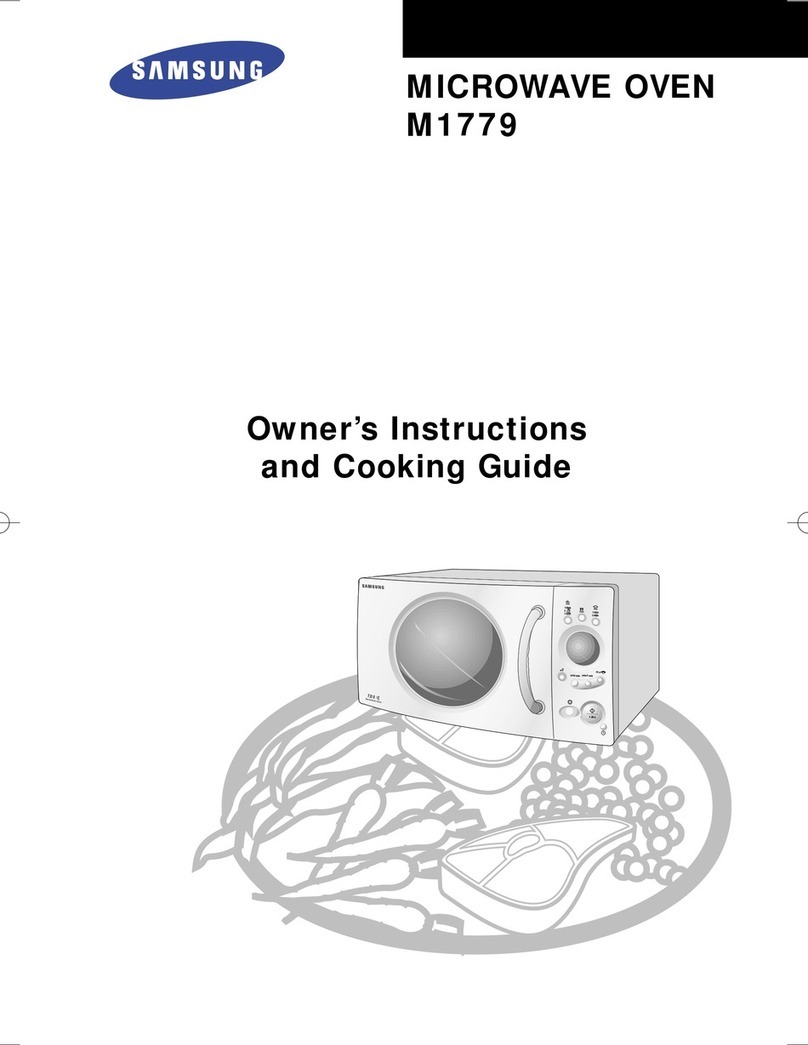
Samsung
Samsung M1779 Owner's instructions
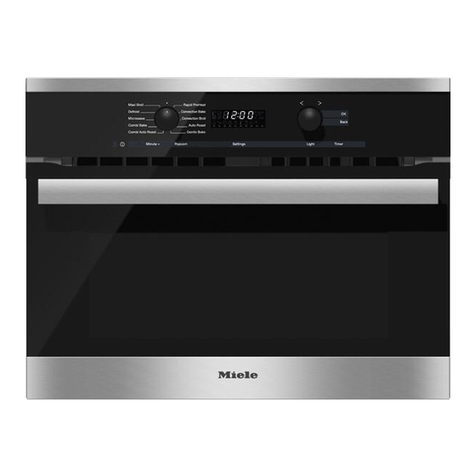
Miele
Miele H6200BM(TB) Operating and installation instructions
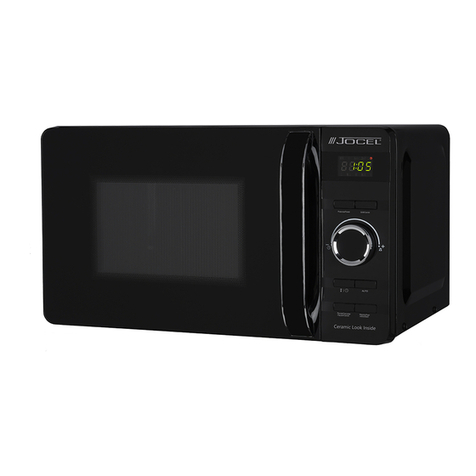
Jocel
Jocel JMO011480 instruction manual
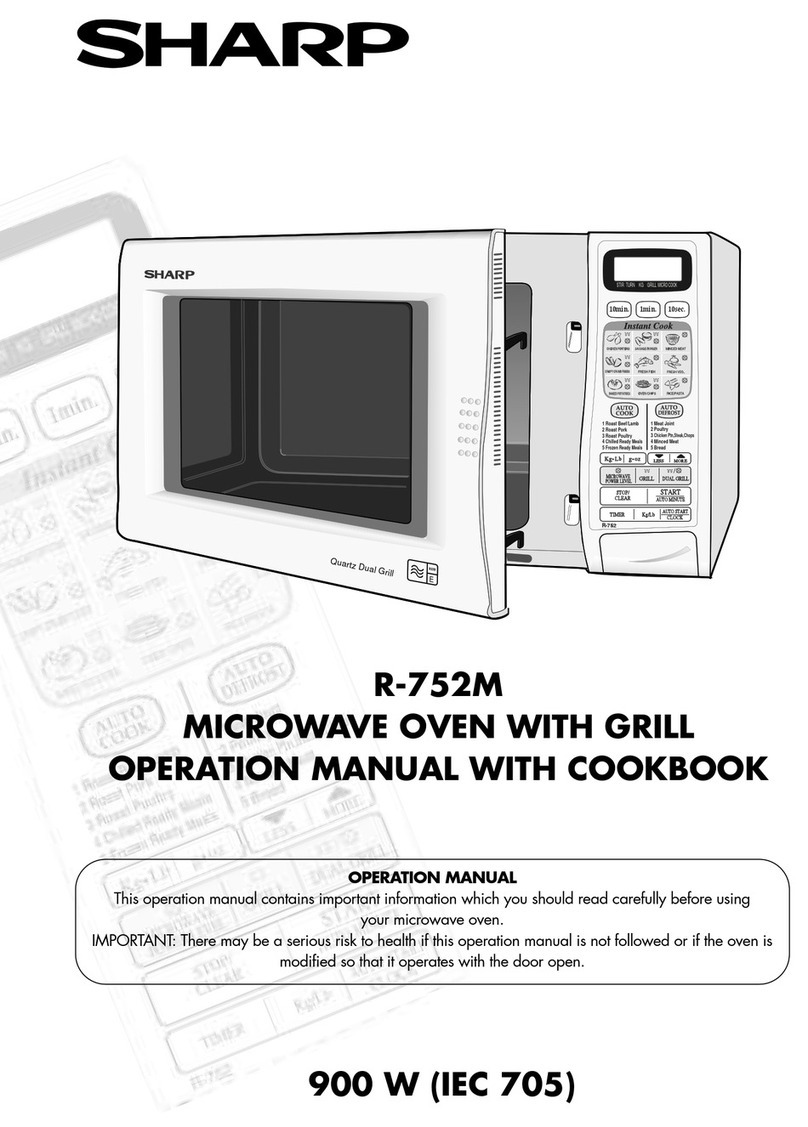
Sharp
Sharp R-752M Operation manual with cookbook
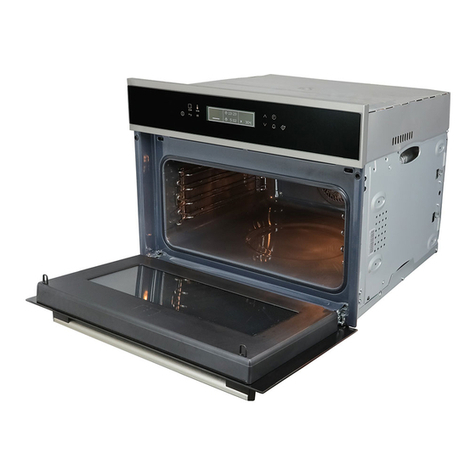
Electrolux
Electrolux EVL8E00X user manual
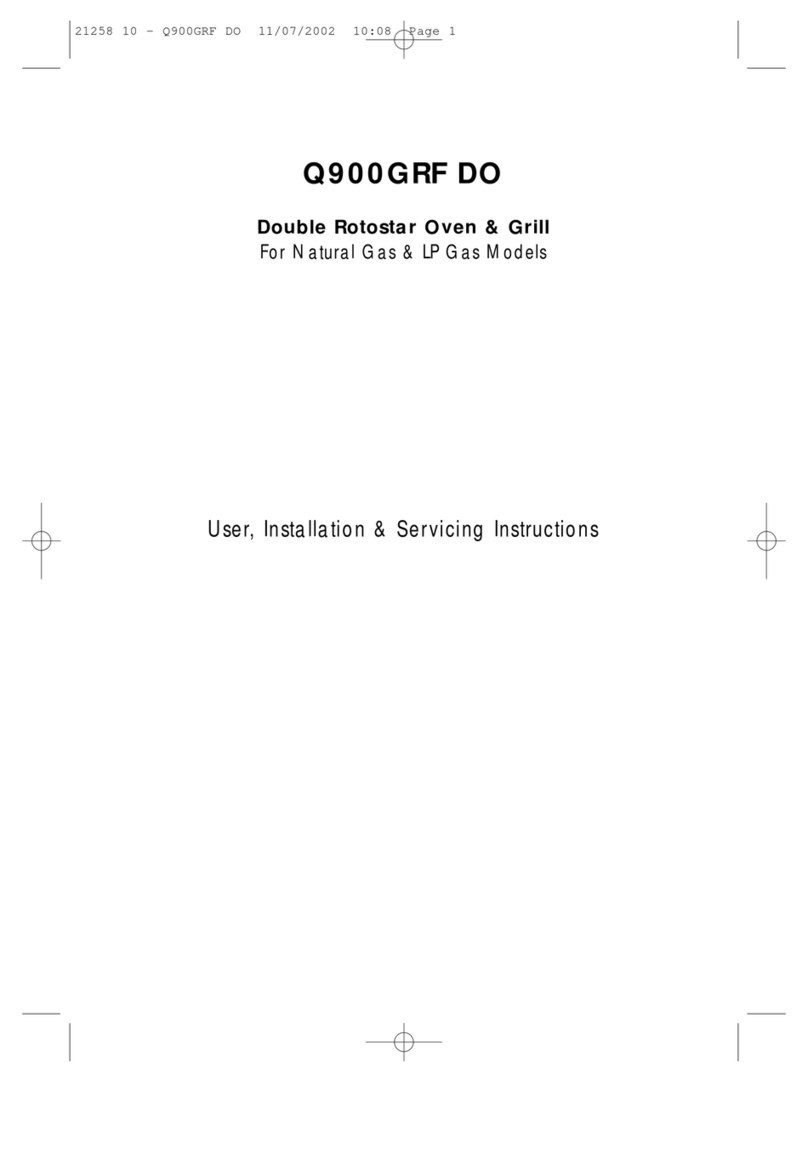
STOVES
STOVES Q900GRF DO User, installation & servicing instructions

Daewoo
Daewoo KOR-6L0B3S Operating instructions & cook book

KitchenAid
KitchenAid KCMS1555 Use and care guide
